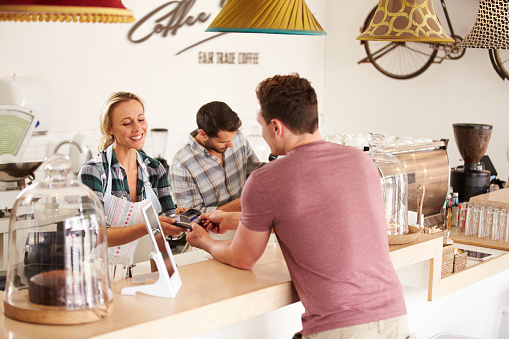Are You Ready to Build an Advocacy Program?
Guest Blogger & Collective Bias SVP Holly Pavlika Shares How Your Business Can Master Customer Advocacy

Sometimes, I’m what you would call an advocate. Other times, I can fit in the influencer bucket. It is important to start by distinguishing between the two.
An advocate is someone who is loyal to your brand and shares his or her love freely without looking for any compensation in return. Advocates aren’t necessarily avid users of social media or frequent blog readers. Influencers, on the other hand, are social media denizens who have gathered social currency or influence from their follower base, who trust and believe in their content. Influencers will expect monetary rewards or status in exchange for talking about your brand.
Often, brands believe they only need to attract influencers, but advocates are equally important. As loyalists who will purchase products from you over and over — and spread their love of your brand to friends and family — advocates can have an enormous impact on sales. In fact, a McKinsey report concluded that consumer-to-consumer word of mouth generates more than twice the sales of paid advertising1.
When building an advocacy program, there are four critical areas to consider:
1. Do you have enough advocates to warrant a full advocacy program?

First, determine whether your brand has enough fans to develop an advocacy program. Start by looking at your owned properties. These can include social channels like Facebook and Twitter or the corporate blog. Are there customers who frequently engage with your company and content? Also, if you run customer satisfaction surveys, tap those for insights; they can be a great place to find your advocates. There are even companies dedicated to helping brands discover advocates.
2. Are you ready to commit to your advocates?
Before implementing an advocacy program, you need to know that these programs aren’t short-term commitments. Working with advocates is something that requires consistent relationship building and maintainance. If you simply engage and then disappear, don’t expect your advocates to maintain their loyalty.
3. What if you don’t have a “passion” brand?

Image: Konbini
“Passion” brands such as Red Bull or Starbucks with large consumer followings naturally have more advocates and inherently get more love from their fans. Non-passion brands like telecom companies, for example, have it a bit more difficult. But don’t despair; you can encourage passion. Enlist your advocates to help you identify areas that get their juices flowing, or brainstorm with your customers. You can create your advocacy program with fans so it will become something they can get passionate about.
4. What do you do with your advocates once you’ve found them?
Advocates crave engagement and acknowledgement from the brands they follow. In order to keep them engaged, provide advocates with the social recognition they desire. Feature them on your Facebook page, for example, or reward them with extras.
Always remember that before you start an advocacy program, grade yourself on how well you deliver a superior, differentiated product and stellar customer service. An advocacy program will only succeed if you are delivering what customers really want from your brand.
For more information about brand advocacy programs, download our Marketing Health Check here.
Holly Pavlika is SVP, Marketing & Content at Collective Bias, a social shopper media company that weaves organic social content into engaging, real-life stories. Learn more at collectivebias.com, and follow her on Twitter at @HollyPavilka.

[1] http://www.mckinsey.com/insights/marketing_sales/a_new_way_to_measure_word-of-mouth_marketing
Connect with a Marketing Expert
Share Post On Social
Stay On Top of the Newest Business and Marketing Insights
Sign up for our monthly newsletter to get the latest industry information, business trends and marketing updates.
Connect With Your Local Marketing Expert
You know your business. We know advertising. Together, we can bring your business to more people. Contact a member of our team today. We’d love to help you grow.



